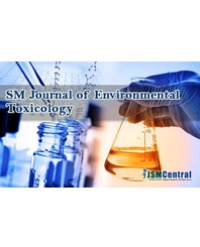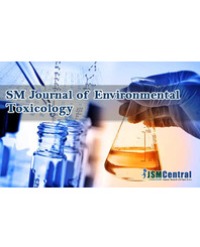
Policy-Practice Nexus: Pesticide Registration, Distribution and Use in Ethiopia
To promote environmental governance of pesticides, Ethiopia has developed a legal framework on pesticide registration, distribution and use. However, there is no clear answer to the question whether the policies on pesticide registration, distribution and use were implemented in an effective and sustainable way at the national and local levels. Therefore, this study is designed to assess the gap between the state pesticide policy and its implementation with respect to pesticides registration, distribution and use in Ethiopia. The data were collected from state’s pesticide experts (regulators), distributors (importers and retailers) and end users (vegetable framers) through structured and semi structured interview, observations and existed documents. The data were analyzed in combination of qualitative and quantitative methods. The empirical results indicated that existing law do not function in an adequate way due to inefficient implementation and missing legal instruments. Thus, present shortcomings and future endeavors may need to find ways to envisage better implementation of the law that is designed to govern pesticide use by farmers from registration to distribution and use and monitoring, including quality control. Last but not least, there is a need to increase capacity of state actors (human, financial and material) both in the national and local level and participation of private actors should be considered for sustainable pesticide governance that will benefit Ethiopia.
Belay Tizazu Mengistie*

